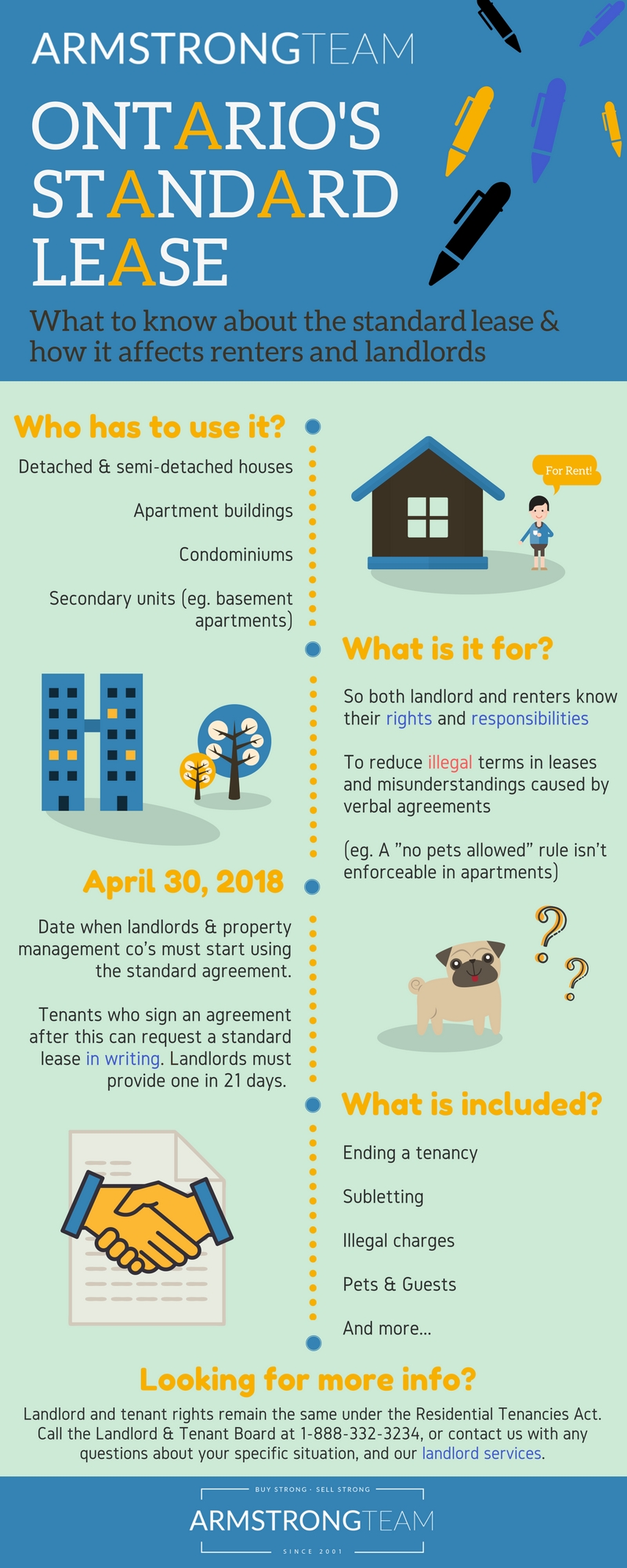
How To Rent Out Your Condo (To the Right Tenant)
Many Toronto condo owners choose to rent out their unit. Some bought it as an investment property, while others plan to live in the condo in the future. Before you rent out your property, however, you will want to make sure you know more about the legality of renting in Toronto, and make sure you find a reliable tenant.
What are the steps involved in preparing a condo for rental? How can you protect yourself as a landlord?
Here are some ways you can Prepare To Rent Out Your Condo:
- Make sure you can rent it
Check that your building allows rentals first (it likely does, but check)! Then see how long the minimum rental period is and familiarize yourself with all the other rules and restrictions involved in renting out your unit.
Many buildings will only allow leases that are at least for six months or often one year. You can contact your building’s board for more information and to get a copy of the rules from your condo association.

- Know your rights
There are laws in place to protect tenants, so as a landlord you need to know the rights of your tenant and what your rights/responsibilities are. Ontario’s new Standard Lease Agreement makes things clearer, including outlining the legality of rentals for both parties (See infographic at the end of this blog). Rules about pets, selling your property, and more are all included. You can be fined if you don’t adhere to the law, so make sure you know it.
With that being said, the standardized agreement is designed to make it easier for you and your tenant, so you both understand your rights and responsibilities from the beginning before you enter into any binding contract. You might want to have a Realtor on your side, making sure you understand your obligations and who can help…
- Market Your Listing
In order to attract the right tenant, you’ll need to get the word out that your listing is available. You should advertise the listing a couple of months before you want to rent it out so you have time to make arrangements.
Part of marketing your unit for a good price is making sure it looks good in photos and any walk-throughs. Post your condo on popular online rental listing sites, in newspapers, social media, through word of mouth, and with the help of an experienced real estate agent.

- Find the RIGHT tenant
Renting out your condo can feel like a leap of faith if you aren’t sure about the person you rent to. It doesn’t have to be! Before agreeing to lease your condo to someone, you want to verify they are trustworthy and able to afford the rent. Hiring a Realtor to help is definitely a smart move, since they can help make sure the buyer’s credit checks out, confirm employment/employment history is valid, check references, and more to make sure you are leasing to an ideal tenant.
Your agent can also interview prospective tenants so you know they have been properly screened, and will make sure you understand your rights and the rights of your tenant from a legal standpoint. Ask about how being a landlord impacts your taxes and other financial questions. Since there are many laws protecting renters, it’s important to have someone on your side too!

Amenities will be a part of determining what your unit is worth. (photo: 33 Mill Street)
- Setting the Rental Price
On average, according to the Toronto Real Estate Board in the First Quarter of 2018, the average rent for a 1 bedroom condo was $1,995/month. The bachelor condo average is $1,657 and the 2 bedroom average is $2,653. (See the PDF report)
However, each building and condo varies depending on layout, location, and amenities. You can ask your Realtor to advise you about what your condo is worth. They know the market and what comparable properties are leased for on a monthly/yearly basis.
Any more questions about renting out your Toronto condo? We have plenty of experience helping condo owners successfully lease their properties to reliable tenants that are carefully screened. Call or email to chat about how our Landlord Services can be beneficial to you.
Standard Lease in a Nutshell:

Note: HTML is not translated!